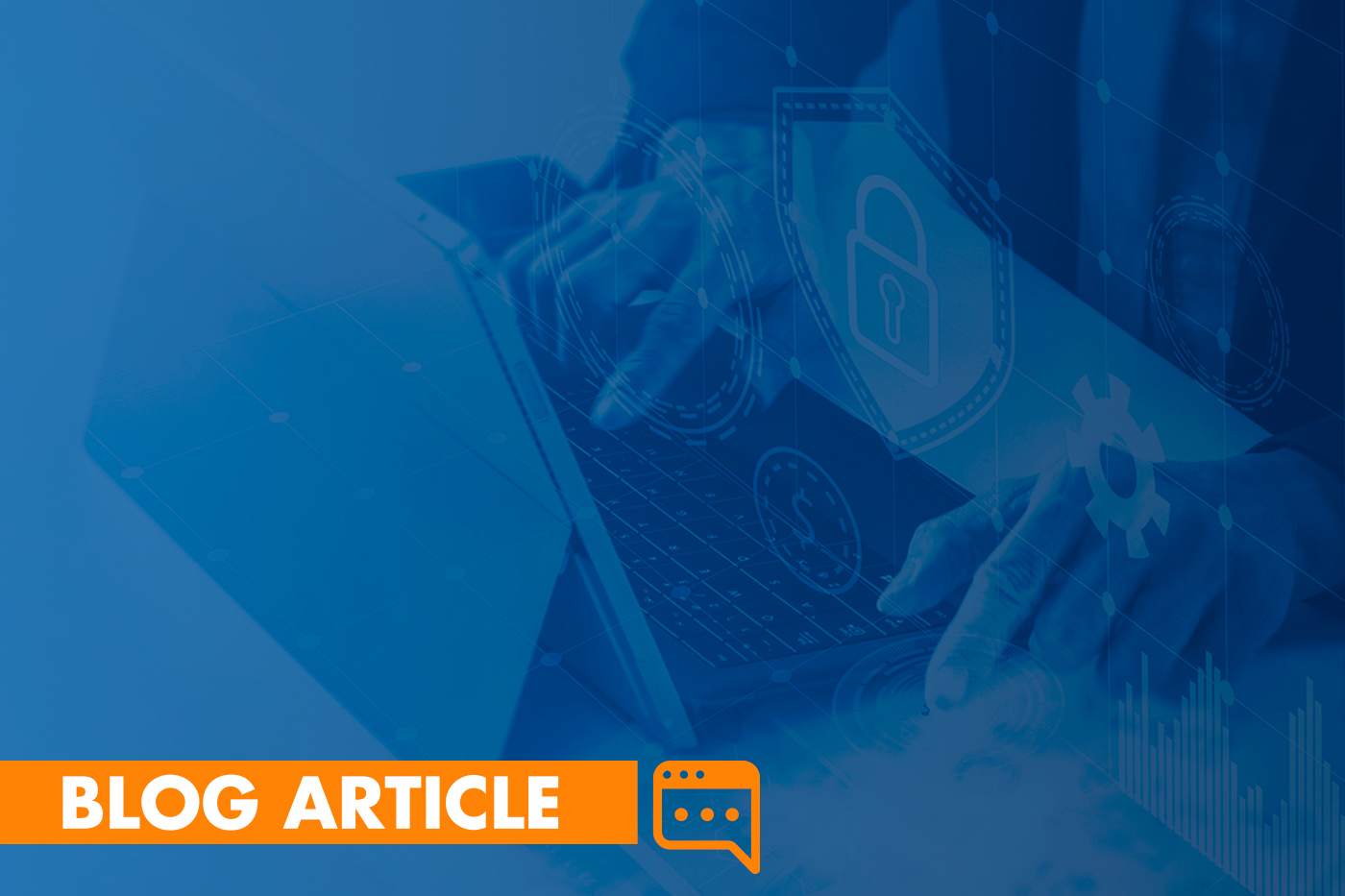

By Warren Finkel, IT strategy expert for financial services and wealth management customers
Hedge funds are valuable targets for cybercriminals, and recent trends, including the rise of hybrid and remote work, have extended firms’ attack surfaces, opening up more opportunities for malicious entry and data compromise. Securing your hedge fund involves more than investing in new IT tools – you also need strong policies, procedures and support for reducing the damage an attacker may cause.
Hedge funds manage large quantities of liquid assets, making them prime targets for cybercriminals. And since one incident could cost your hedge fund millions of dollars, a robust cybersecurity posture is critical to ensuring your operational effectiveness.
Some of the top cybersecurity risks for hedge funds include:
These eight cybersecurity tips can serve as a hedge fund cybersecurity checklist to help you enhance your security posture and protect against investor losses and reputational damage in the event of an incident.
Cybercriminals target the most valuable things they can get their hands on. To outsmart the hacker, you need to think like a hacker. For example, an attacker might target critical business and operations information. Or they might steal sensitive investor and employee data such as contact information and financial information.
Once you know which assets are most desirable to would-be attackers, you can confidently allocate more time and resources to securing them. Advanced data discovery tools can even apply specific financial risks to your data assets, so you know how financially compromised your firm would become if they were to be stolen or compromised.
Combining strong password requirements with multi-factor authentication (MFA) enhances your security posture by defending against brute force and password-spraying attacks. MFA requires users to sign in using a combination of two or more identifying factors, such as:
Adding biometric factors, like fingerprint or retina recognition, provides an extra layer of protection that is harder to replicate or breach, even if an attacker has other identifying information. In today’s cyber-focused environment, MFA – especially with biometrics – is increasingly recommended by cyber liability insurance providers and regulatory bodies, as it significantly reduces the risk of unauthorized access.
When users can’t remember compliant passwords, they often abandon security in favor of convenience. They either create overly simple passwords or reuse the same passwords across various devices or accounts. According to one survey, more than 60% of people reuse the same password for multiple accounts.
A secure password manager program stores all your passwords in one account so your employees don’t need to remember them. Look for a program that uses advanced security measures such as data encryption to hide your passwords from prying eyes.
This eliminates the need to create easily guessable passwords or reuse the same password for multiple accounts, reducing the chances of a brute-force attack.
When investors trust you to manage their assets, they expect a level of security that goes beyond just the basics. Hedge funds and other financial services firms are prime targets for hackers, which means you need to employ sophisticated cyber detection, prevention, and response practices to ensure the safety of your investors’ sensitive assets.
Most hedge funds today, even newer launches, enable advanced monitoring and detection tools to fortify their environments and keep threats at bay. Security information and event monitoring (SIEM) tools can log, alert, and investigate critical threats before they have a chance to infiltrate your network. Alongside a 24×7 Security Operations Center (SOC), this powerful information can be used to rapidly identify and prevent malicious attacks from compromising your security.
Similarly, endpoint detection and response (EDR) uses real-time analytics and forensics to trigger automatic responses that secure your endpoints and enable rapid recovery capabilities in the event of an intrusion.
Proactively planning to resolve cybersecurity incidents is the best way to mitigate damages when a breach occurs. Creating an incident response plan helps your firm reduce the time it takes to restore normal operations after an incident, thus minimizing your potential losses.
Automated breach response capabilities help firms accelerate their incident response times by automating certain tasks and processes within the plan. This functionality also helps reduce manual effort and errors as well as improve accuracy and efficiency in taking action.
Be sure your firm’s cybersecurity incident response plan includes the following elements:
According to data from the World Economic Forum (WEF), 95% of data breaches occurred as a direct result of human error. For example, it is easy for employees to click on a fraudulent link when they think it was sent by a higher-up at the company.
Training your employees on how to recognize the signs of phishing, spear phishing, ransomware, malware and other cyberattacks can significantly reduce the risk of data breaches by preparing them to respond to these threats. You should conduct or hire a third party to conduct annual information security awareness training. Additionally, routinely test your users in real time with managed phishing simulations and other in-the-moment scenarios that will best gauge how well they are informed on common threats and prevention methods.
Your firm needs to be proactive in responding to threats rather than reactive. For example, applying for cyber liability insurance can help you mitigate potential losses from an attack.
While investing in advanced cybersecurity tools is a step toward improving your hedge fund’s security posture, you will have less impact without the proper time and resources to manage them. Even for established hedge funds with internal IT departments, a third-party managed security service provider (MSSP) can extend the effectiveness of your internal resources, helping you implement, enhance or manage certain aspects of your cybersecurity program.
Vendor risk management is critical to any hedge fund’s cybersecurity risk management program. Hedge funds and asset management firms rely on critical partners and third parties to support their operations and trading – from fund administrators and prime brokers to outsourced IT partners and accounting firms. These vendors each have access to your firm’s data, which means you should carefully evaluate and monitor their security practices to ensure they take all the same precautions with your investors’ information as you do.
You are generally required to disclose third-party risk management practices during the investor due diligence process and when applying for or renewing your cyber liability insurance. Additionally, regulators like the SEC are boosting cybersecurity requirements and calling out third-party risk as a core requirement for registered investment firms.
SEC Cybersecurity Guidance
These vital tips can help you follow Securities and Exchange Commission (SEC) cybersecurity guidance. The SEC recommends organizations take the following steps:
- Take action to detect potential threats quickly
- Minimize their risk of suffering a damaging cyberattack
- Prepare to respond to potential threats if and when they arise
- Evaluate access controls for third-party vendors and suppliers
Learn more about the SEC’s proposed requirements for cybersecurity risk management here.
If your hedge fund needs additional cybersecurity assistance or resources, Omega Systems can help. We work with asset management firms at all stages of growth – from new fund launches to established hedge fund firms – and can support you with your unique IT outsourcing and co-sourcing needs.
Contact us today to speak with one of our security experts about our hedge fund cybersecurity and managed IT services.

 ABOUT THE AUTHOR
ABOUT THE AUTHORWarren Finkel, Managing Director of Omega’s Northeast region, brings decades of experience in IT strategy and tailored solutions for customers in family offices, RIAs, hedge funds, and other financial services sectors. Read Warren Finkel’s full executive profile here.
Connect with Warren on LinkedIn.